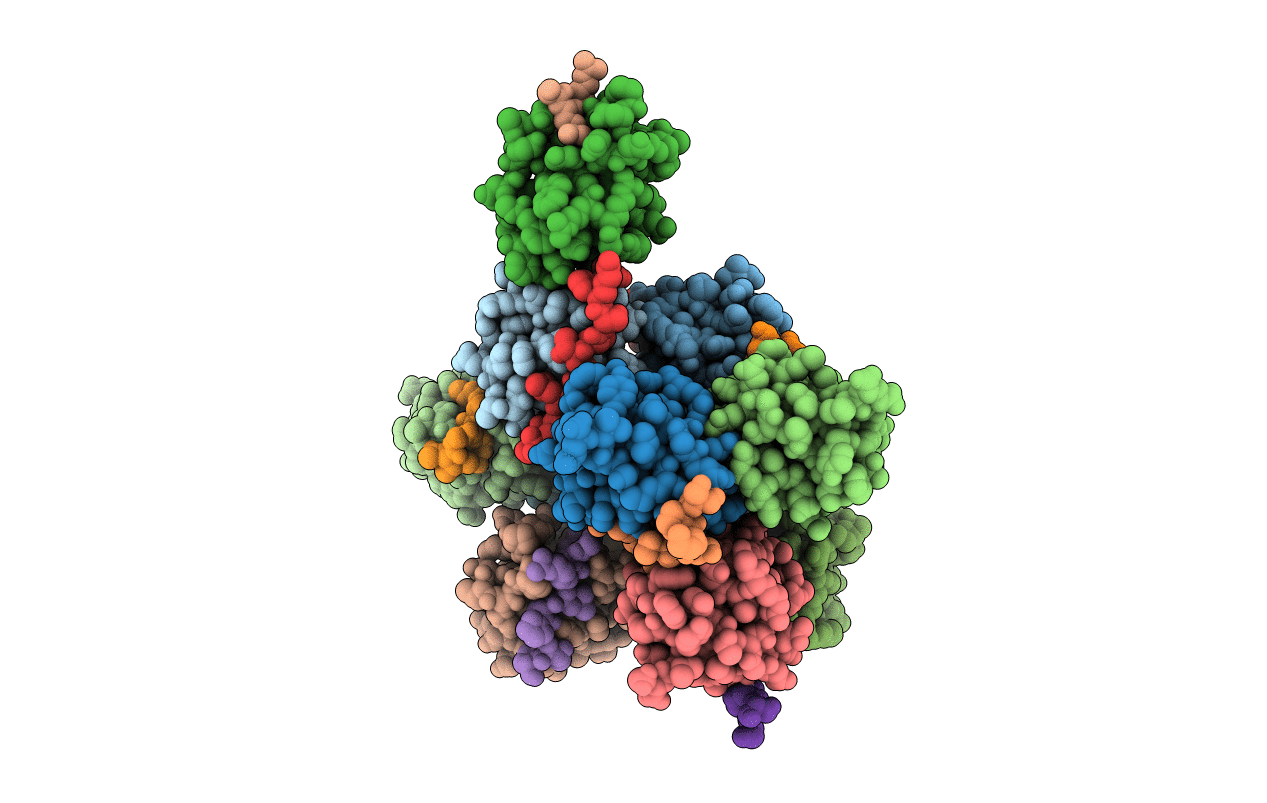
Deposition Date
2015-04-08
Release Date
2015-08-05
Last Version Date
2024-11-13
Entry Detail
PDB ID:
4Z89
Keywords:
Title:
SH3-II of Drosophila Rim-binding protein bound to a Cacophony derived peptide
Biological Source:
Source Organism:
Drosophila melanogaster (Taxon ID: 7227)
Host Organism:
Method Details:
Experimental Method:
Resolution:
2.64 Å
R-Value Free:
0.31
R-Value Work:
0.25
R-Value Observed:
0.25
Space Group:
P 1 21 1


